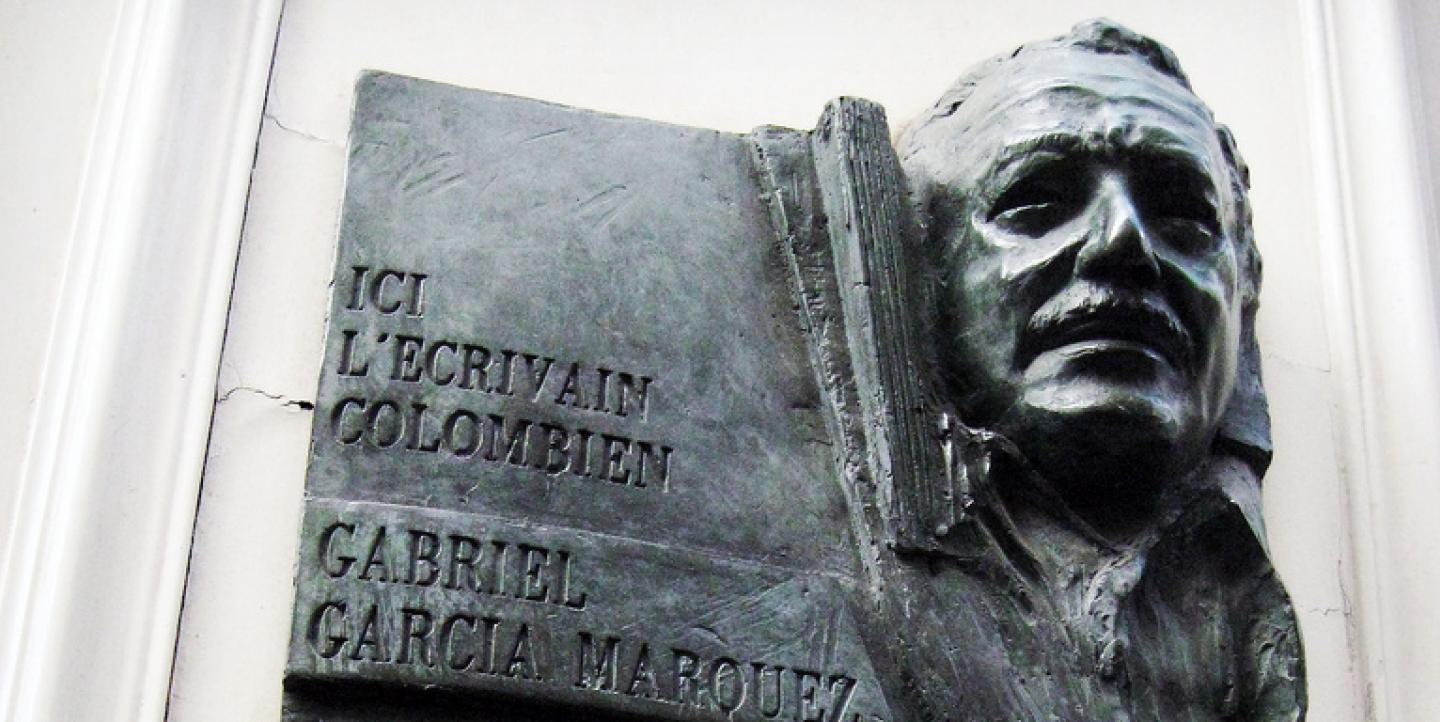The Gabriel García Márquez journalism awards are considered one of the most prestigious for Spanish and Portuguese-language media. Notably, in 2016, over half of the nominees in three categories — text, reporting and innovation — produced work for digital sites.
And when the so-called “Gabo” awards were announced at a journalism conference in Medellín, Colombia, on September 29, all of the winners in these categories were journalists at online news organizations that have existed for less than a decade. Meanwhile, the winner of the Gabo award for overall excellence in journalism was El Salvador’s El Faro, the oldest online-only investigative journalism site in Latin America, having launched in 1998.
This was arguably an important coup for digital media journalists in a region where traditional TV networks, radio and newspapers still hold great sway over their audiences.
ICFJ Knight Fellow Janine Warner attended the conference in Medellín and was struck by the degree to which independent digital outlets are receiving recognition for their work — and the conspicuous absence of traditional Latin American and Spanish media among those who were nominated and those who won.
“When I heard that more than half of the finalists for the Gabo awards were media entrepreneurs, I had to come,” Warner explains in Spanish in the video below. “And seeing all the winners who were entrepreneurial journalists makes me think this is going to be the year of journalism innovation in Latin America.
“This year, they’re not only demonstrating their courage and their ability to launch new media, but also their ability to produce the highest quality journalism and win the most important prize in the region,” she adds. “Congratulations to everybody!”
Warner is the director and founder of SembraMedia, which aims to help Spanish-language digital media entrepreneurs find sustainable business models. The organization is tracking the rise of digital investigative and news outlets in Latin America, and maintains a directory of hundreds of organizations that have arisen in what could be called a regional online journalism boom.
The 2016 winners of the Gabo awards include Colombian journalist and media entrepreneur Juanita León, who won for her reporting on Colombia’s ongoing peace process for La Silla Vacía, which she founded in 2009. The Civio Foundation, a Spanish nongovernmental organization which has used data reporting to increase transparency since 2011, won the innovation award for a project that analyzed the high cost of medication in developing countries. Additionally, Natalia Viana of Brazilian investigative journalism website Agência Pública won for her story on an indigenous community that suffers from Brazil’s highest suicide rate.
While in Medellín, Warner spoke to other Latin American journalists and SembraMedia associates about their reactions to this year’s Gabo awards, and whether this is any indication that Latin America’s digital journalists are outpacing traditional media outlets when it comes to producing high-impact, innovative work. The videos can also be viewed in a playlist on SembraMedia’s YouTube channel.
These video transcriptions are excerpts from Warner’s interviews and have been translated to English and edited for clarity.
“It doesn’t mean that the traditional media doesn’t have excellent journalists … but the media entrepreneurs with their shortage of resources, need to be even more creative, even more innovative, take more risks. And taking risks means sometimes you fail, and sometimes you achieve that success which manifests itself in prizes, social changes, improvements in your community and so on.”
“First off, I think it was a coincidence. There was nothing intentional — it’s a very complex selection process with many judges. On the one hand I think it shows a certain maturity among the new digital outlets. And on the other hand, maybe it should be a wake-up call that the traditional media aren’t dedicating the necessary time and resources to special projects.”
“These journalistic projects that won all required time, dedication, investigating, etc. So it may be that the digital natives, the smaller [outlets], are putting more time into this, and perhaps the traditional media isn’t. But that’s just an opinion, because the reality is this was just a coincidence.”
“While the larger media outlets have faced an economic crisis, the smaller outlets have been able to get around it by being much more creative in what story they’re going to tell and how they’re going to use their resources more reasonably. If you look at the works of the finalists, you’ll see they’re team projects or collaborations between various outlets, and almost all of them were published online. So there wasn’t that additional cost of printing on paper. So this lack of resources, combined with the desire to attract a new audience by producing high-quality journalism, is why we’re seeing so many wonderful examples of digital media entrepreneurship at this festival.”
“What I think we saw from the 2016 Gabriel García Márquez Awards is that many journalists are producing journalism on their own websites, and all of this is a result of the technological changes and other shifts we’ve had in some Latin American countries, and of course from our desire to produce high-quality journalism.”
Janine Warner is the founder and executive director of SembraMedia. Learn more about her work as an ICFJ Knight Fellow here.
Main image CC-licensed by Flickr via Ohbendorf

